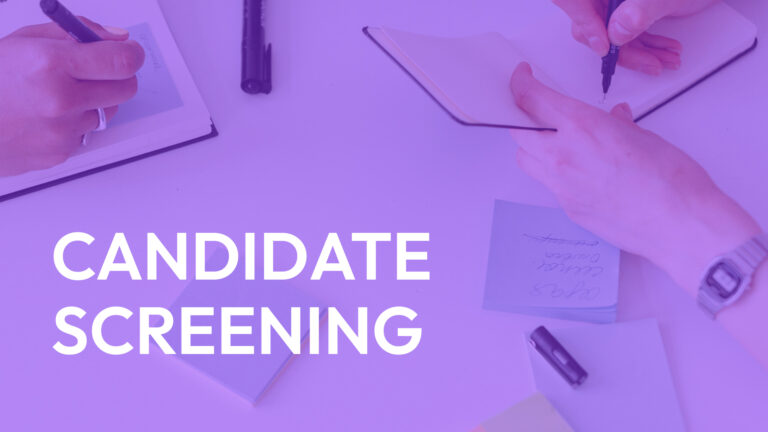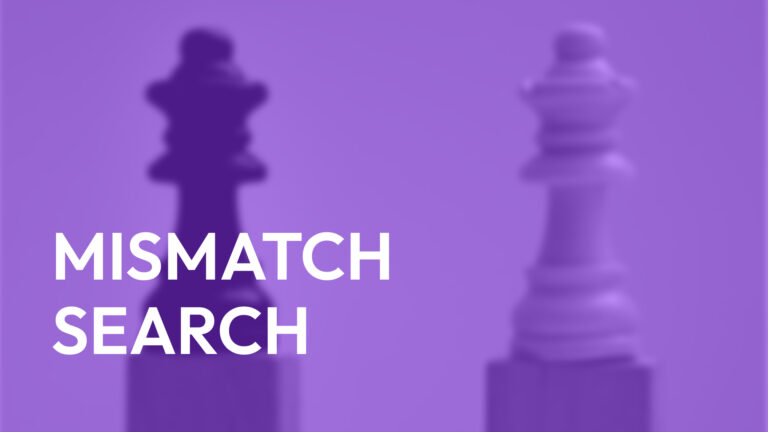SWOT analysis has been a tried and tested way to make a decision for almost any industry for more than 50 years now. The overall simplicity of the analysis, paired with the visually easy-to-read structure, made the SWOT analysis a favorite among professionals, including hiring managers. This is part IV of efficient hiring, and today the topic is SWOT analysis.
Firstly, it is important to know what SWOT is. SWOT is an acronym for Strengths, Weaknesses, Opportunities, and Threats—four basic components that are analyzed in a subject. At first, as SWOT has mainly been used for business ventures, the subject was a project or an organization. In hiring, the subject of the analysis is usually a candidate or a “people asset.”
How is SWOT useful in recruitment?
SWOT analysis is all about creating a successful, evidence-based strategy that you can rely on. Analyzing all the internal and external aspects that can influence a subject makes creating a long-term strategy easier, as a thorough analysis provides a so-called “window to the future”. However, a thorough SWOT analysis is not an easy task per se. Let’s look at how a candidate for a content manager position can be analyzed in a SWOT analysis for employees.
At first, a recruiter has to determine a candidate’s internal features(strengths and weaknesses), usually the soft or hard skills they already possess. For a content manager role, strengths can sound like “5 years of experience at [company] as a content manager” or a strong reference from the previous job. However, the same candidate may have weaknesses like their location, lack of language knowledge, or even a skill mismatch.

Then, there are external factors like the candidate’s opportunities and threats. External factors usually refer to the things the candidate can influence in their surroundings. For example, an opportunity for a candidate in a content manager role can be an implementation of an automation tool that will enhance the team’s efficiency. And a candidate’s seemingly cold and unfriendly character may be a disruption in an overly friendly team dynamics is a possible threat.
SWOT’s weaknesses
Despite being a largely effective way to plan, strategize, and make thoughtful decisions, getting a comprehensive overview of a candidate can require hours of work, analyzing and rereading all the interview materials. Exploring a candidate’s external features may require an overview from multiple perspectives inside the organization and its executives, which a recruiter may not have access to. With the lack of automation of this process, SWOT analysis can turn out incomplete, inefficient, or even damaging to the organization.
SWOT analysis automation
Luckily, there is software that can help recruiters choose the right person for the job by analyzing their strengths, weaknesses, threats, and opportunities. Talantly.ai is an AI recruiting tool that uses a state-of-the-art NLP to help recruiters find the right person for the job. It provides multiple reports on the candidate, including thorough CV evaluations, red flag report, skills mismatch search, and interview SWOT analysis.
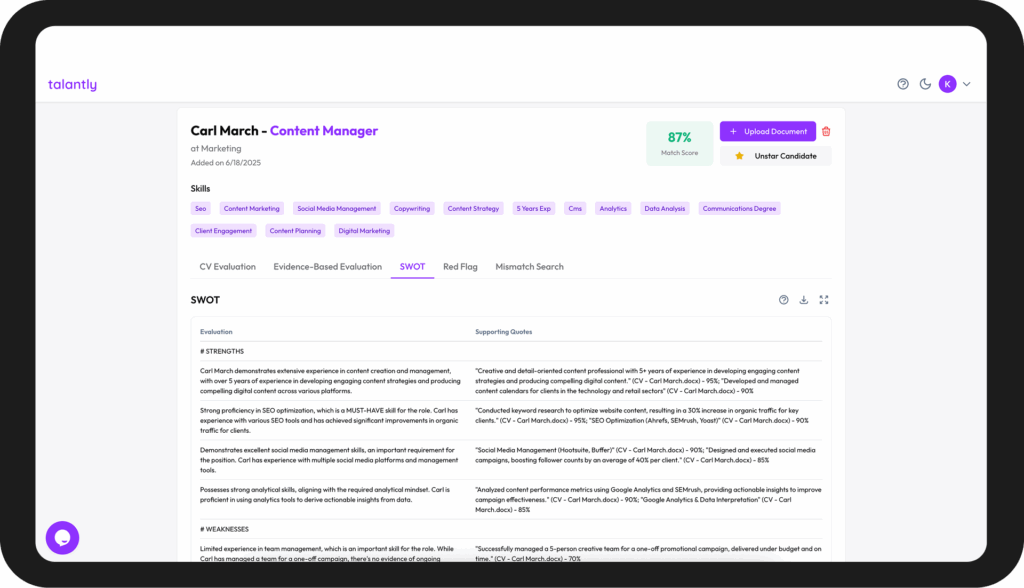
At least two documents must be uploaded to generate a SWOT report for an existing candidate. The report can be accessed via the Vacancy menu—candidate profile—a drop-down menu at the top left. The system will then show a ready-to-use report that can be downloaded or regenerated if needed.
However, the system doesn’t only provide the SWOT report but also allows you to see “why” it came to that conclusion. For example, after generating the report for the previously mentioned content manager, you can see the following under strengths:
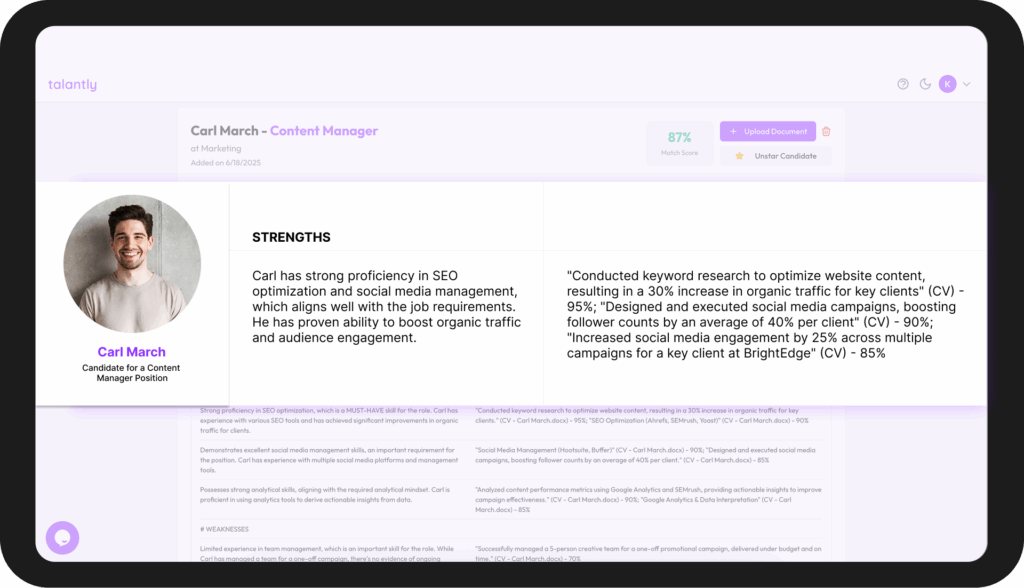
The first column shows a strength itself, while the second one provides a direct quote from one of the candidate’s documents. At the end, you can see the percentage that shows how relevant the quote is to the candidate’s feature. Sometimes, there can be “NA” in the Supporting Quotes column, which means no quotes were found.
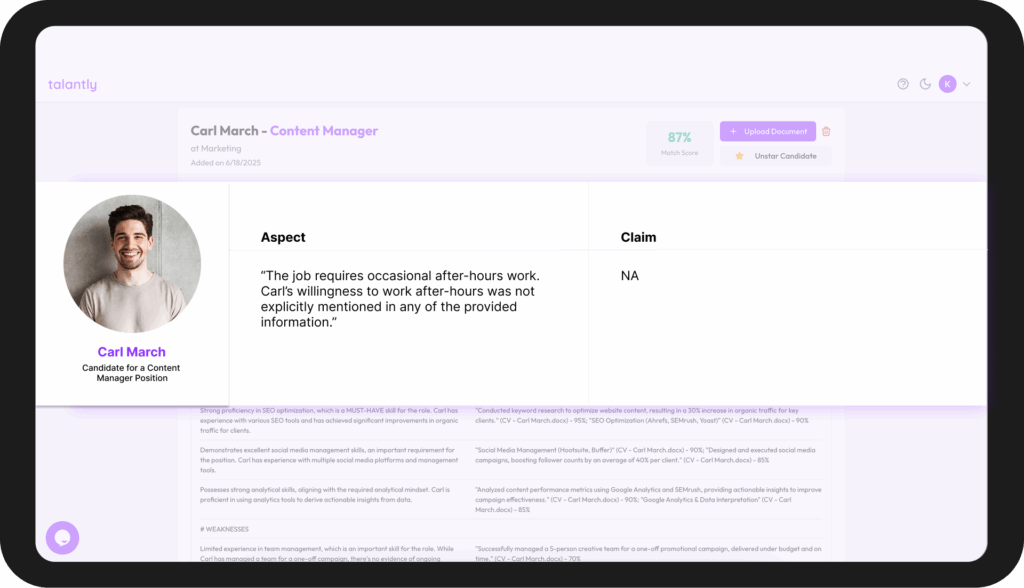
Conclusion
A SWOT analysis for hr can be a great tool for evaluating candidates at the hiring stage, as it provides a lot of insight and can help recruiters make and informed hiring decision. However, it has been a great hassle to be widely used. Luckily, recruiting AI software like Talantly.ai can do all the difficult work for you, helping you make the correct decision.

